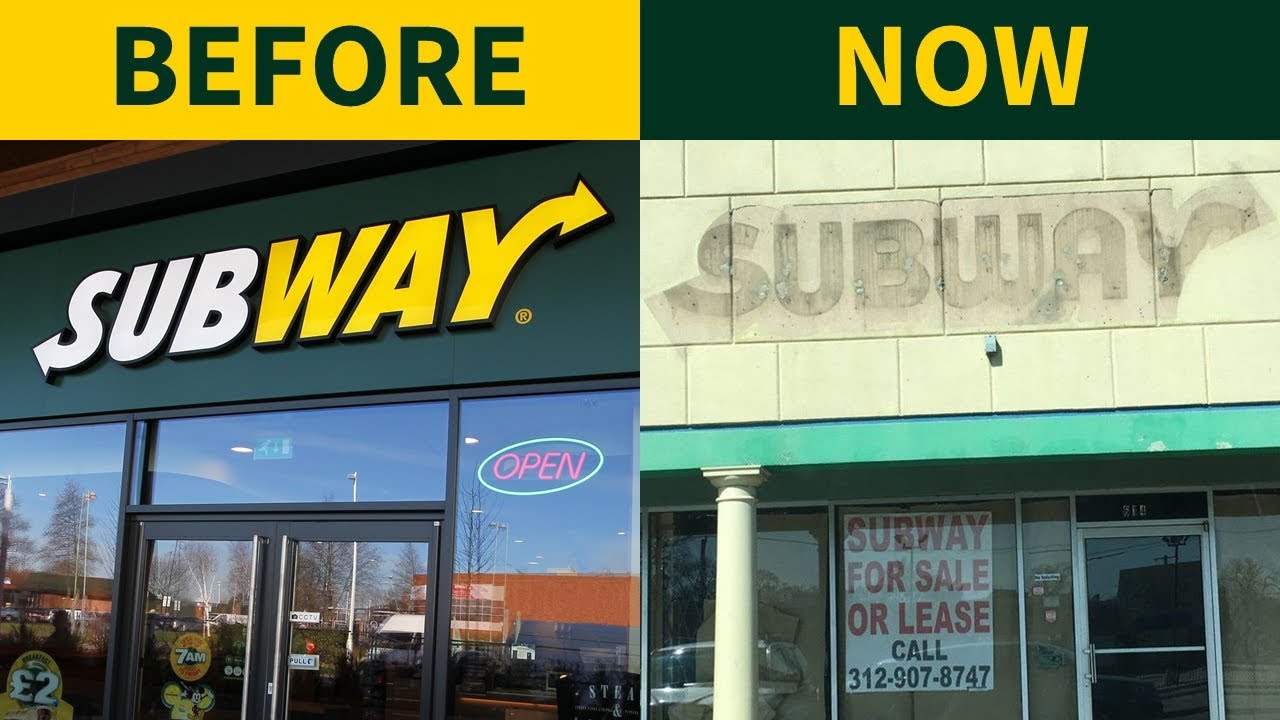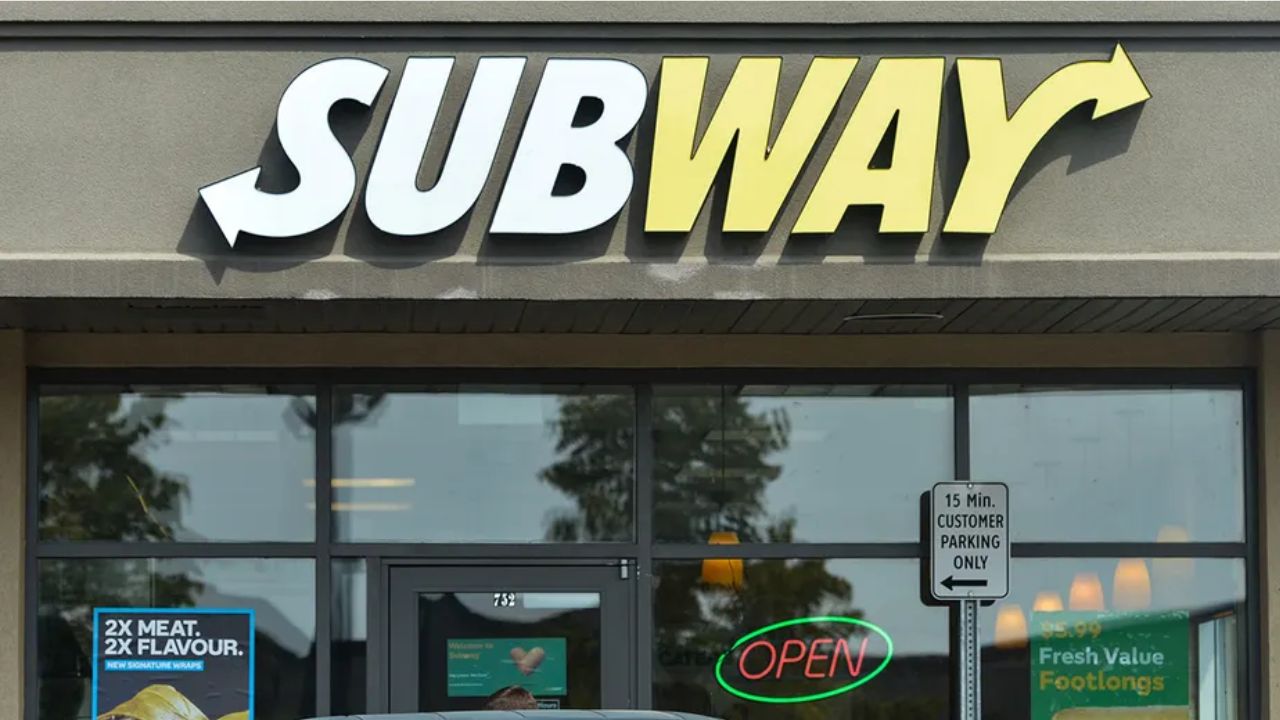Introduction of Subway
Subway, with its ubiquitous presence in the fast-food industry, has been a popular choice for customers looking for quick and convenient meals. With a vast network of franchisees and sandwich shops, Subway has been a prominent player in the restaurant business for decades.
Subway is a fast food restaurant chain specializing in made-to-order submarine sandwiches and salads. It was founded in 1965 by Fred DeLuca and Peter Buck and has since grown to be one of the largest and most popular fast food franchises in the world. With over 40,000 locations in more than 100 countries, Subway is known for its fresh and customizable menu options.
Are Subway Closing Stores?
In the past two years, Subway has closed thousands of its sandwich shops in the U.S. This decision has been attributed to the challenges faced by the brand and the need to streamline its operations and adapt to changing consumer preferences. There have been reports of Subway closing stores, with around 500 locations shutting down in the United States in 2018. The popular sandwich chain has been facing challenges such as increased competition from other fast-casual eateries, declining sales, and changing consumer preferences.
As a result, Subway has been focusing on revitalizing its brand and adapting to the evolving market. This includes redesigning stores, introducing new menu items, and enhancing their digital presence. Despite the closures, Subway is still a major player in the fast-food industry with over 40,000 locations worldwide.
The company remains committed to providing fresh and customizable options for their customers and is constantly exploring ways to stay relevant in the competitive fast-food market.
Reasons Behind Subway Closing Stores
The closure of Subway restaurants has been a result of the progress the company has made to get back to smart growth. Challenges in the fast-food industry, internal restructuring, and the impact of the pandemic have all contributed to the closure of many locations.

Subway’s recent store closures can be attributed to a combination of factors:
Over-expansion:
In the past, Subway prioritized rapid expansion, leading to market saturation in many areas. This resulted in cannibalization of sales and unsustainable competition between stores.
Outdated operations and decor:
While competitors embraced modern designs and technology, Subway’s stores often remained stuck in the past with outdated decor and limited digital integration. This impacted the overall customer experience and made Subway appear less appealing.
Stale menus:
Consumers crave innovation and variety, but Subway’s menu was perceived as being uninspired and unchanging. The lack of new menu options led to customer fatigue and declining footfall.
Profitable deals impacting profitability:
While the “5-Footlong” deals attracted customers, they significantly reduced profit margins. This, combined with other factors, squeezed franchisee profitability and made it difficult for some to stay afloat.
Other potential factors:
Competition from other fast-food chains offering similar fare, changing consumer preferences towards healthier options, and economic downturns all played a role in Subway’s store closures.
These factors combined created a perfect storm for Subway, leading to the significant number of store closures we see today.
Here are some additional points to consider:
-
- The closures are impacting franchisees the most, leading to financial losses and job cuts.
-
- The fast-food landscape is changing rapidly, and Subway needs to adapt to survive.
-
- Subway is exploring potential turnaround strategies, such as menu innovation, store modernization, and increased digital marketing.
- Only time will tell if Subway can regain its market position or succumb to the pressures of the ever-evolving fast-food industry.
Future of Subway
Despite the closures, Subway’s CEO, John Chidsey, is optimistic about the future of the brand. The company aims to revamp its operations, enhance its menu offerings, and implement strategic changes to regain its position in the market.
Financial Situation of Subway
With discussions of Subway’s struggles, it’s important to note that the franchise has faced financial challenges. The involvement of private equity firms, such as Roark Capital, and the disclosure of financial figures in 2021 and 2022 have shed light on the company’s financial position.
Alternative Brand of Subway
As Subway works to address its challenges, other restaurant chains have gained traction as alternative choices for consumers. The competition in the fast-food industry has intensified, offering customers a diverse range of options beyond Subway.
Subway Closing Stores FAQ
What is the current status of Subway stores?
Subway, the popular sandwich chain, has been in the news regarding store closures. In the past two years, Subway has faced challenges, leading to closures of many locations across the U.S. In 2021 and 2022, there has been a notable trend of Subway closing stores.
How many stores has Subway closed recently?
During the past two years, Subway has closed thousands of subway sandwich shops and fast-food outlets across various regions. The closures have been a result of the company’s efforts to streamline and optimize its operations.
What are the reasons behind Subway store closures?
Subway’s decision to close stores is part of a strategic initiative to restructure and improve its performance. The company’s leadership, including Subway CEO John Chidsey, has emphasized that the closures are a result of the progress they have made to steer the brand back to sustainable growth.
How does Subway’s closure affect franchisees?
The closure of Subway restaurants impacts franchisees who own and operate these outlets. Franchisees rely on the success of the subway franchise model, and the company’s closures have led to challenges for these independent business owners.
What role has private equity played in Subway’s recent developments?
Roark Capital, a prominent private equity firm, has been involved in Subway’s recent activities, including the restructuring and closures. The firm’s investment has influenced Subway’s strategic decisions, with a focus on optimizing the brand’s performance.
What is the future outlook for Subway amid store closures?
Subway’s leadership, in collaboration with Roark Capital, has outlined a roadmap for the brand’s future. This includes a commitment to smart growth and a strategy to revitalize and expand the subway franchise network in a sustainable manner.
You may also like:
- Is Pottery Barn Going Out of Business
- Hellmann’s Mayonnaise Discontinued
- Lizard Flare Discontinued
- Hash Brown Patties Shortage
Conclusion
In conclusion, Subway’s closure of stores reflects the ongoing challenges faced by the brand in the fast-food industry. The company’s proactive steps to overcome these hurdles, coupled with its strategic vision for the future, will be critical in determining its trajectory in the years to come.










